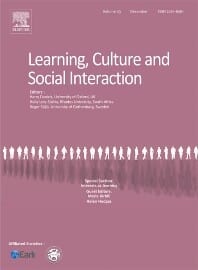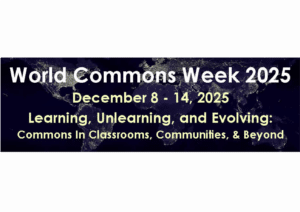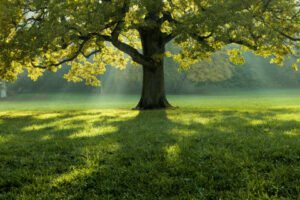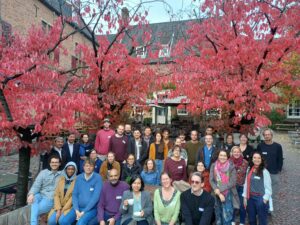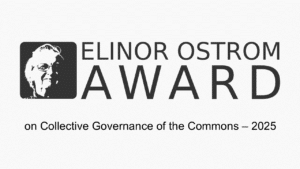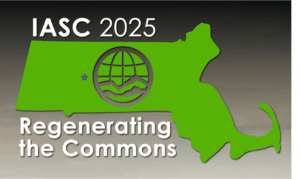New article by IASC members in the journal Learning, Culture and Social Interaction explores how community gardens in urban settings, as observed across Europe, can foster social learning and how heterogeneity can affect that.
Abstract
Community gardening has become an international movement with a simultaneously growing scientific interest. This is due to the community gardens` multiple contribution to sustainable development, among other characteristics, through their educational role and potential for social learning. While there are several research papers expressing that social learning occurs in community gardens, there is a lack of examination covering how this social learning is taking place in detail. We investigate empirically who is learning, what is learned, and how learning is taking place, based on a Germany-wide survey of 123 community gardens. We built a set of respective criteria that helped to demonstrate the high diversity in the learning community, the learning content, and the learning process. The latter is here understood as a process of social interaction, participation, and knowledge sharing, indicating gardens’ social learning potential. We therewith provide systematization for the gardens’ learning potential, which can be operationalized. In addition, we studied the effect of aspects of group heterogeneity on gardens´ social learning potential. Results on social learning potential depict a normal distribution curve and show a significant negative effect of communities’ cultural and educational heterogeneity on gardens social learning potential.
Keywords
Community garden; social change; social learning; communities of practice; sustainability; heterogeneity
Rogge, N., Theesfeld, I. and C. Strassner (2020). The potential of social learning in community gardens and the impact of community heterogeneity. Learning, Culture and Social Interaction 24(2020): https://doi.org/10.1016/j.lcsi.2019.100351.

